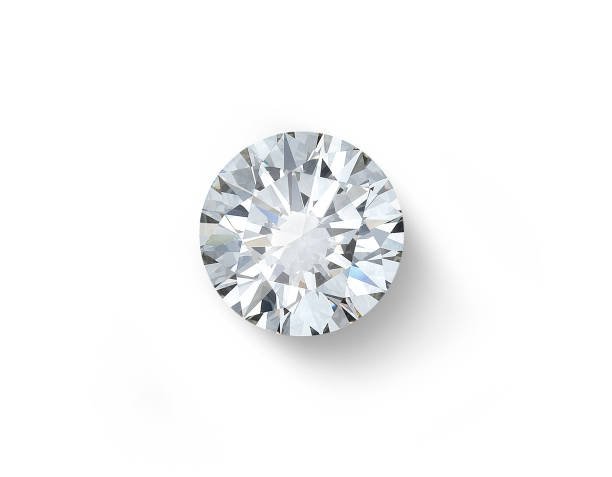How Diamond Clarity is Evaluated All Entries

Whether you are looking for a diamond for an engagement ring or any other jewelry, you will want to get the best piece worth your money. Diamonds are known to hold a sentimental value that is worth more than monetary value. Thus, you should always strive to ensure that you get a top quality stone that will symbolize long term memories and attachments to your life.
The diamond clarity evaluating process can be complex hence it is advisable to involve expert gemologists to get the best piece. There are four C’s that determine the value of your diamond. These are color, clarity, cut, and carat weight. These characteristics when well-combined will enable you to evaluate your diamond and separate the top quality pieces from the rest.
The clarity of the diamond is determined by its visibility and presence of imperfections. The imperfections that occur on the surface of your diamond are referred to as blemishes while those occurring within are called inclusions. There are a variety of blemishes that are considered in the diamond clarity evaluating process. Polish lines occur as a result of excessive heat or result from accidents and errors made when the piece is polished.
Grain boundaries are visible structural units on the diamond’s crystalline framework, and they affect the clarity of the stone to a significant extent. Naturals are visible around the diamond’s girdle while scratches and nicks detract from the smoothness of the diamond’s surface. Pits are indentations on the surface of your diamond and break compromise the strength and integrity of the jewelry.
The inclusions include bearding and feathers that are white and feathery in nature. Clouds and twinning wisps are hazy or milky while cavities are holes within your diamond. Other main inclusions include needles, indented naturals, internal graining, included crystals, pinpoints and laser drill holes. Diamond Buyers of Arizona advise that you should look out for these inclusions and blemishes when conducting a diamond clarity evaluating procedure.
The blemishes and inclusions are thoroughly searched for and inspected to determine the clarity of the diamond using a 10X magnification. The larger these pollutants are the lesser the clarity of your diamond. Also, if they are many, they will lower the clarity rating. Their position, color, and nature also significantly influence the clarity of the diamond. Using these factors, you can evaluate the clarity of diamond precisely to entirety.